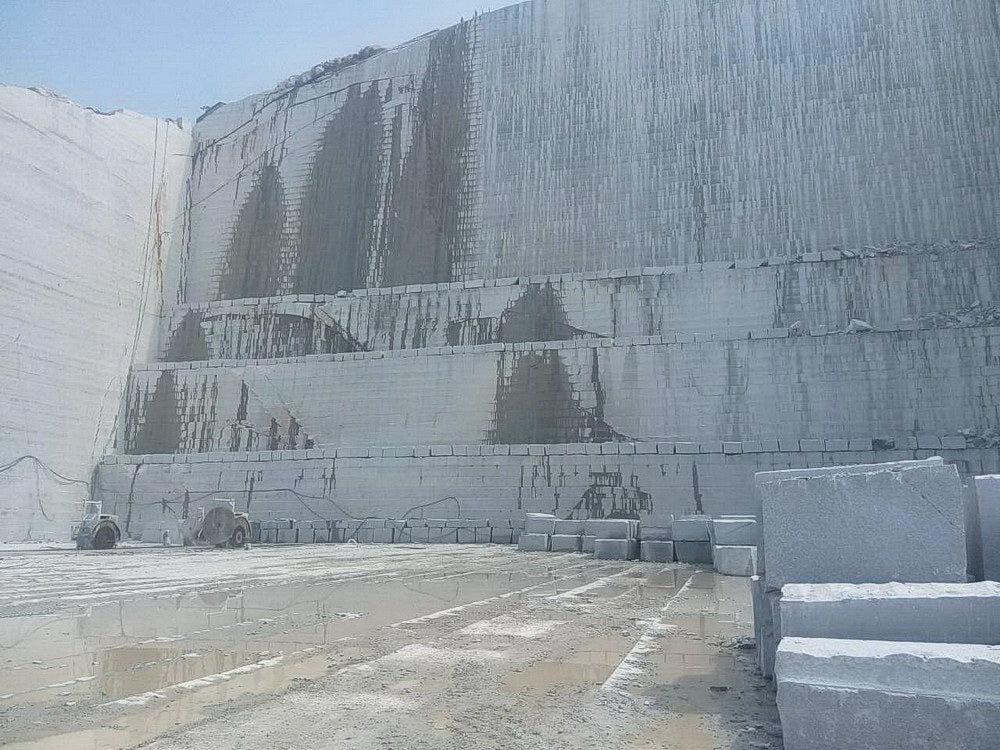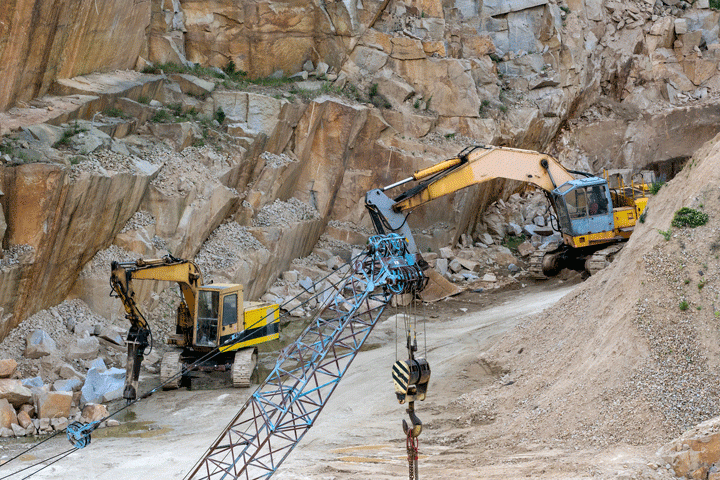Journeying Through Granite Quarries in South Africa: A Visual Odyssey
Journeying Through Granite Quarries in South Africa: A Visual Odyssey
Blog Article
Revealing the Mysteries of Granite Quarrying: Where Strength and Beauty Meet
The globe of granite quarrying is a realm where the raw strength of nature merges with human artistry to produce frameworks that stand the test of time with an air of beauty. From the midsts of quarries to the thorough polishing in workshops, the process of changing granite right into architectural marvels is a complicated dancing of practice and innovation. As we peer right into the midsts of this old craft, we start to uncover the covert ins and outs that form the really significance of our built environment.
The Origins of Granite Quarrying
In the annals of architectural background, the beginnings of granite quarrying are shrouded in a tapestry of old workmanship and geological wonders. Going back to old Egypt and Mesopotamia, the removal of granite from quarries noted the beginning of a journey that would eventually cause the development of several of the globe's most legendary frameworks.
Granite quarrying's origins can be mapped to the competent artisans who acknowledged the stone's resilience and visual charm. With a combination of primitive tools and sheer determination, these very early quarry employees uncovered granite blocks that would certainly end up being the foundation of people.
As people advanced, so did the strategies of quarrying granite. The Romans, renowned for their design expertise, established sophisticated techniques for drawing out granite to construct monuments, holy places, and roadways that stood the examination of time.
The heritage of these ancient quarrying practices remains to shape modern style, with granite staying a sign of strength and style in building and construction tasks around the globe. (granite quarries in south africa)
Tools of the Quarrying Profession
The development of granite quarrying techniques from old people to contemporary times highlights the crucial duty played by the tools of the quarrying trade in forming the market's practices. In old times, quarrying tools were basic, often containing blades, hammers, and wedges made from products like bronze or iron. These devices required considerable workforce and time to remove granite obstructs from quarries.

Furthermore, the introduction of pneumatically-driven tools and high-powered machinery has substantially lowered the physical labor called for in quarrying procedures, improving employee security and efficiency. As the quarrying market remains to innovate, see this page the devices of the trade stay at the forefront of driving progress and shaping the future of granite removal.
Removing Blocks of Granite
Using precision machinery and advanced strategies, the removal of granite obstructs from quarries has become a sophisticated process in the modern-day quarrying sector. The preliminary step involves recognizing the place and size of the granite deposit to establish one of the most effective extraction approach. When an appropriate site is picked, the removal process starts with the boring of holes for the positioning of nitroglycerins. Managed blasting techniques are after that utilized to break apart the granite right into workable sections.

Sprucing Up and Completing Techniques
To attain a perfect surface area on granite blocks, experienced craftsmens utilize a series of meticulous polishing and ending up strategies. After the preliminary extraction and forming processes, the granite blocks undertake a comprehensive polishing stage to improve their all-natural beauty and toughness.
Along with polishing, completing strategies are related to additional fine-tune the granite's look. These techniques may include flaming, refining, or cleaning, each offering unique structures and surfaces to match various visual preferences. weblink Flaming, for instance, includes subjecting the granite surface area to heats to create a rough, textured finish, suitable for outside applications where slip-resistance is crucial. Honing, on the other hand, offers a matte surface that is smooth to the touch, best for interior kitchen counters and floor covering. By meticulously selecting and using these brightening and ending up strategies, craftsmens can change raw granite obstructs right into elegant items that display both toughness and elegance.

Ecological Impact and Sustainability
With the expanding emphasis on ecological awareness in the market, granite quarrying techniques are progressively scrutinized for their influence on natural deposits and long-term sustainability. Quarrying for granite can have substantial environmental ramifications. The extraction procedure typically involves using hefty equipment, dynamites, and large quantities of water, leading to environment destruction, soil disintegration, and water pollution. Additionally, the transport of granite from quarries to processing facilities produces carbon emissions, further contributing to ecological destruction. granite quarries in south africa.
To alleviate these effects and guarantee sustainability in granite quarrying, market stakeholders are embracing various actions. Applying innovative innovations to decrease energy intake and water use, recovering quarried land for ecological restoration, and promoting responsible sourcing practices are some strategies being employed. Additionally, qualifications such as the Woodland Stewardship Council (FSC) and the Management in Power and Environmental Design (LEED) help consumers identify environmentally friendly granite products.
Conclusion
Finally, granite go to my site quarrying is a process that requires specialized devices and techniques to remove blocks of granite and polish them to a high degree of surface. While the environmental effect of quarrying can be significant, initiatives are being made to improve sustainability techniques in the market. In general, granite quarrying is a fragile balance in between taking advantage of the strength and style of this natural rock while lessening its effect on the setting.
Report this page